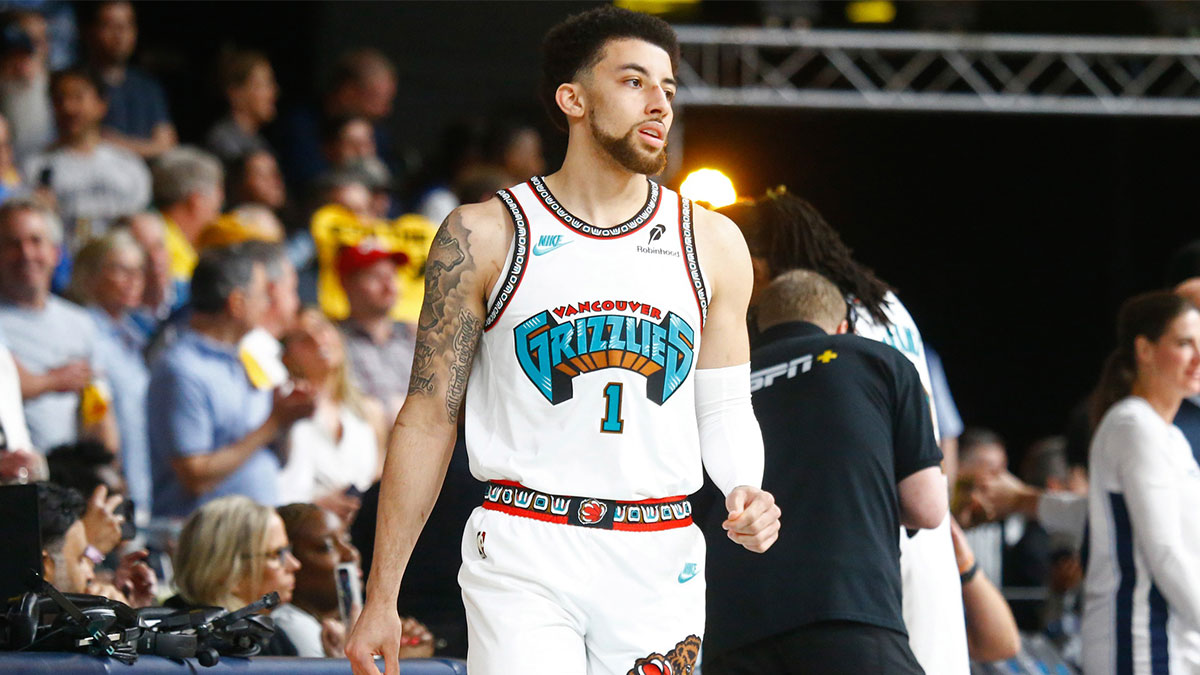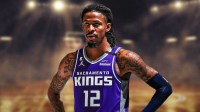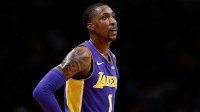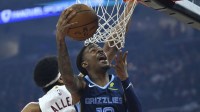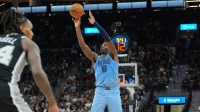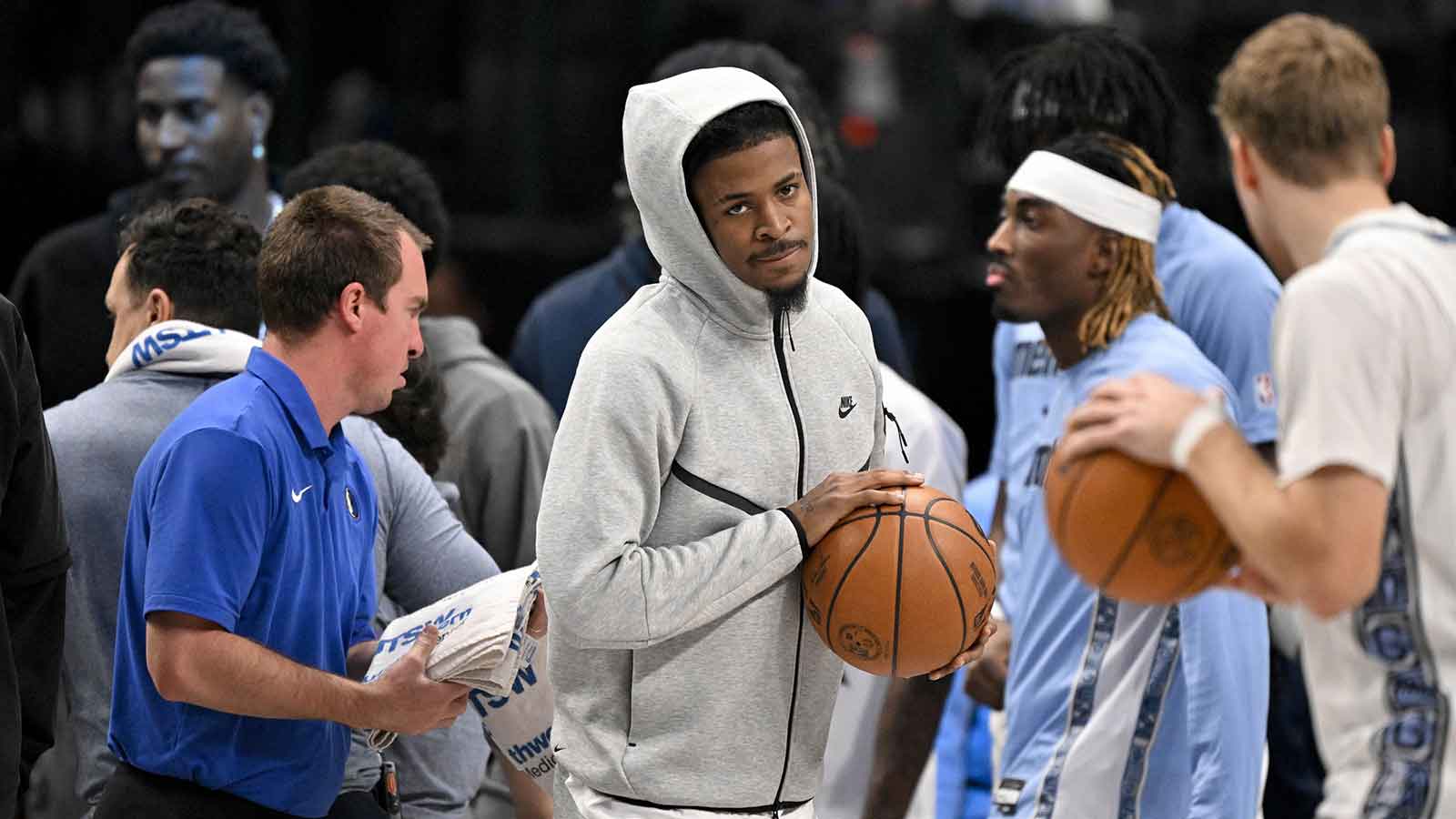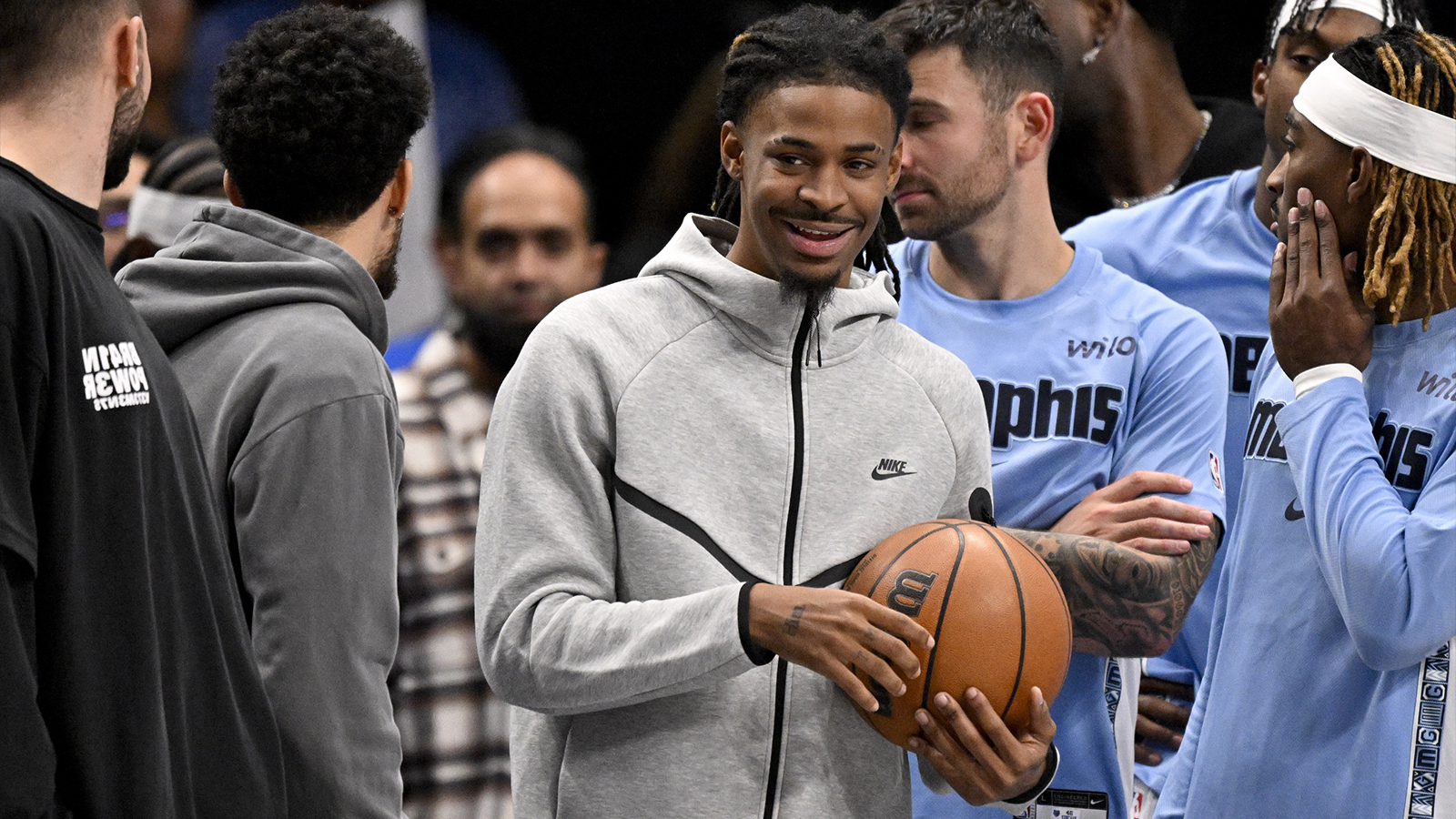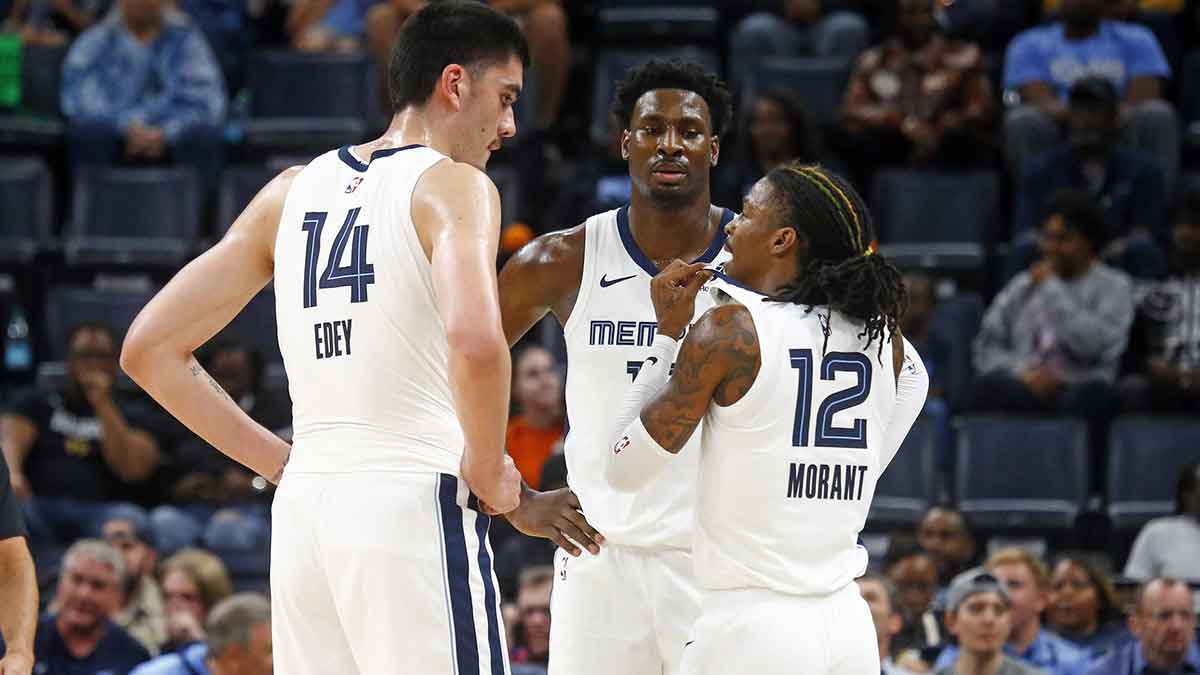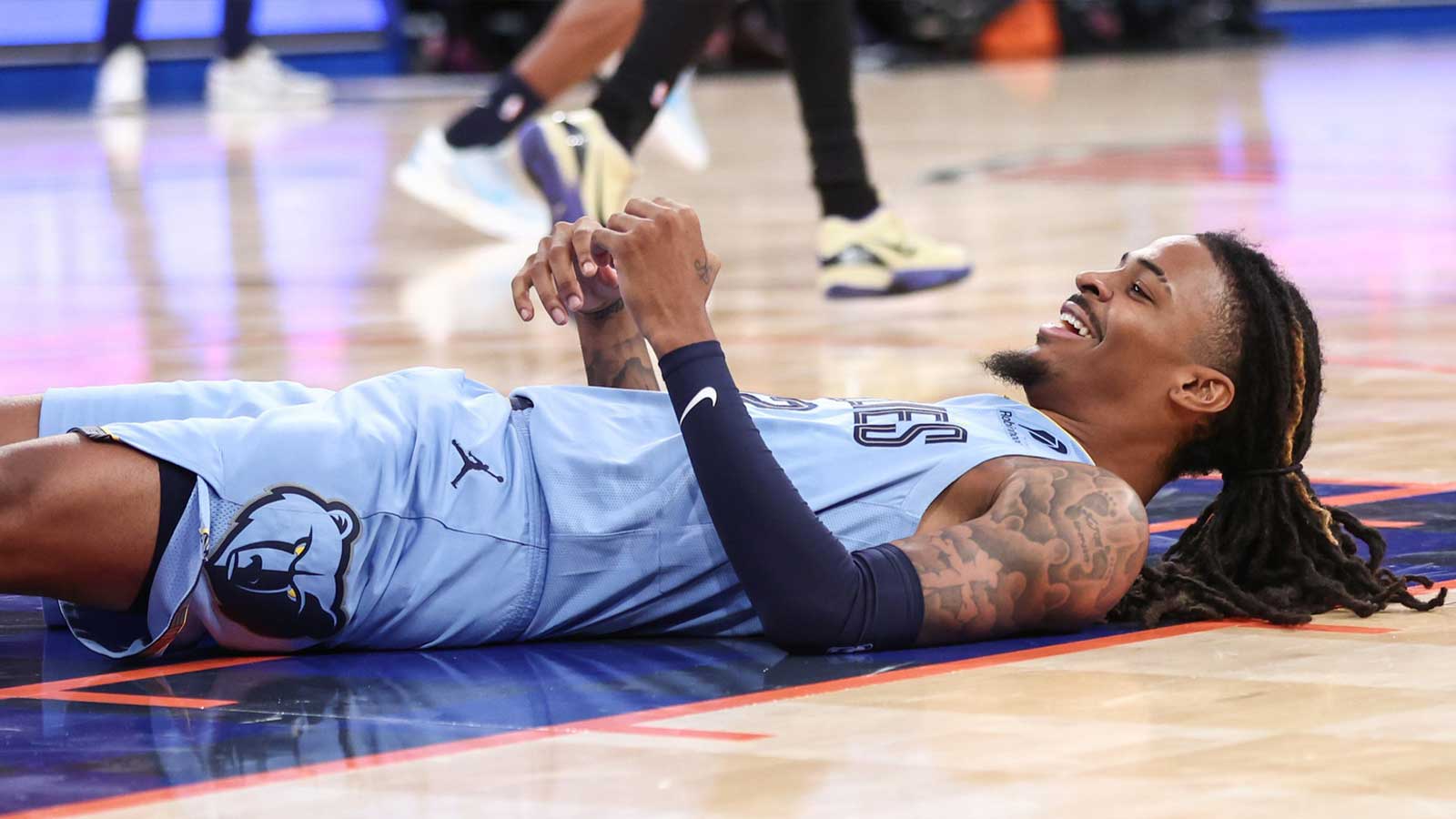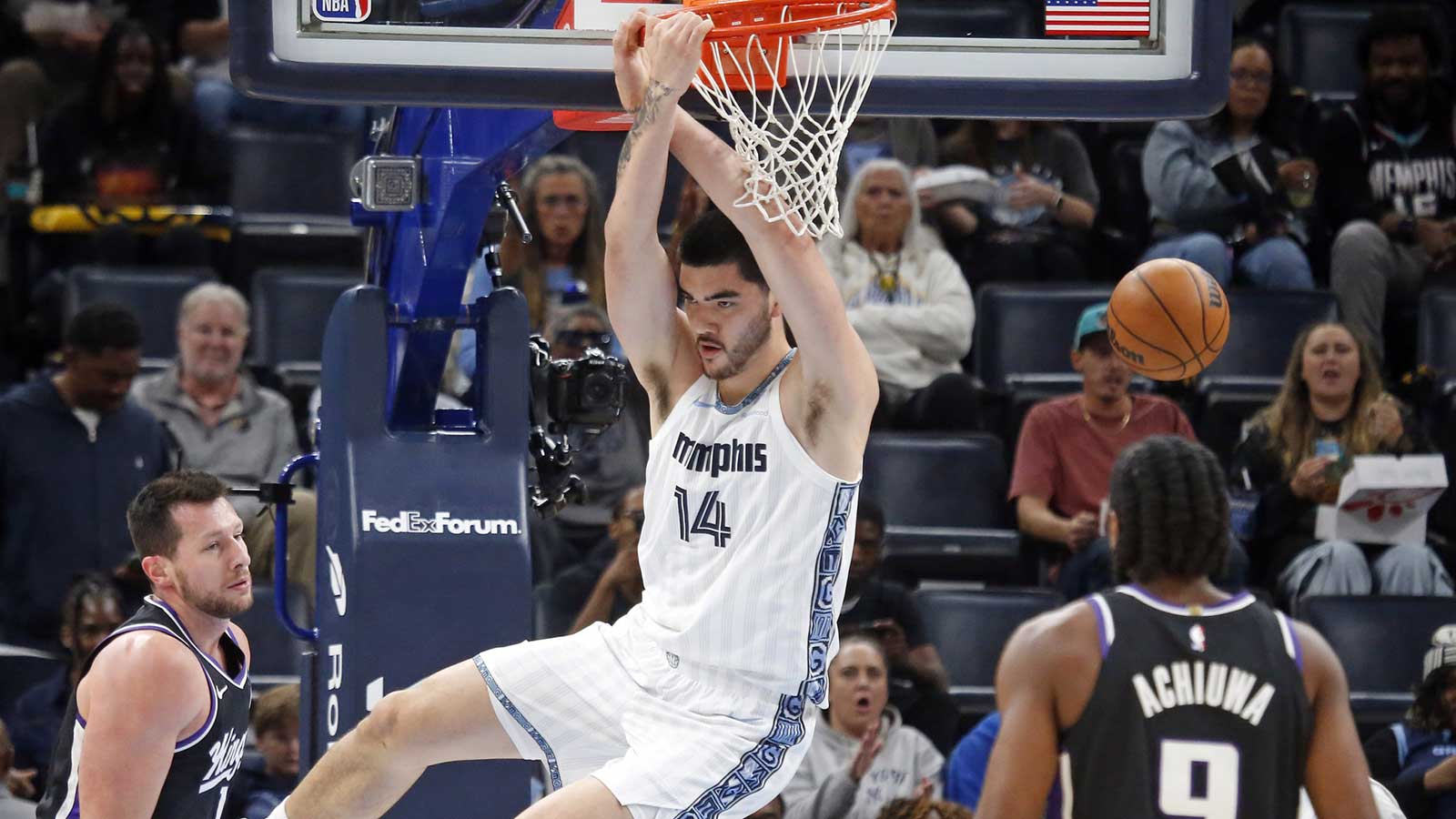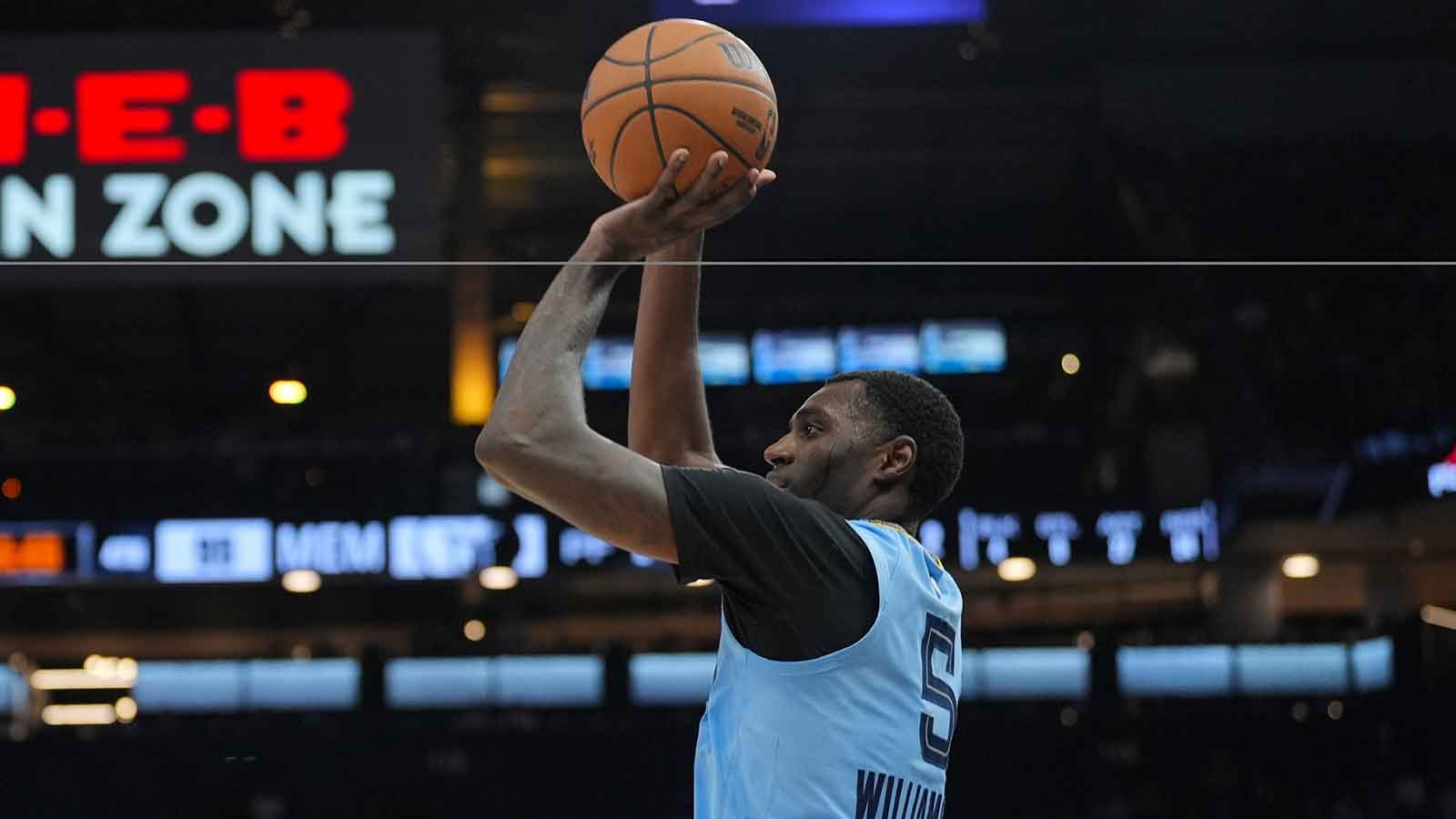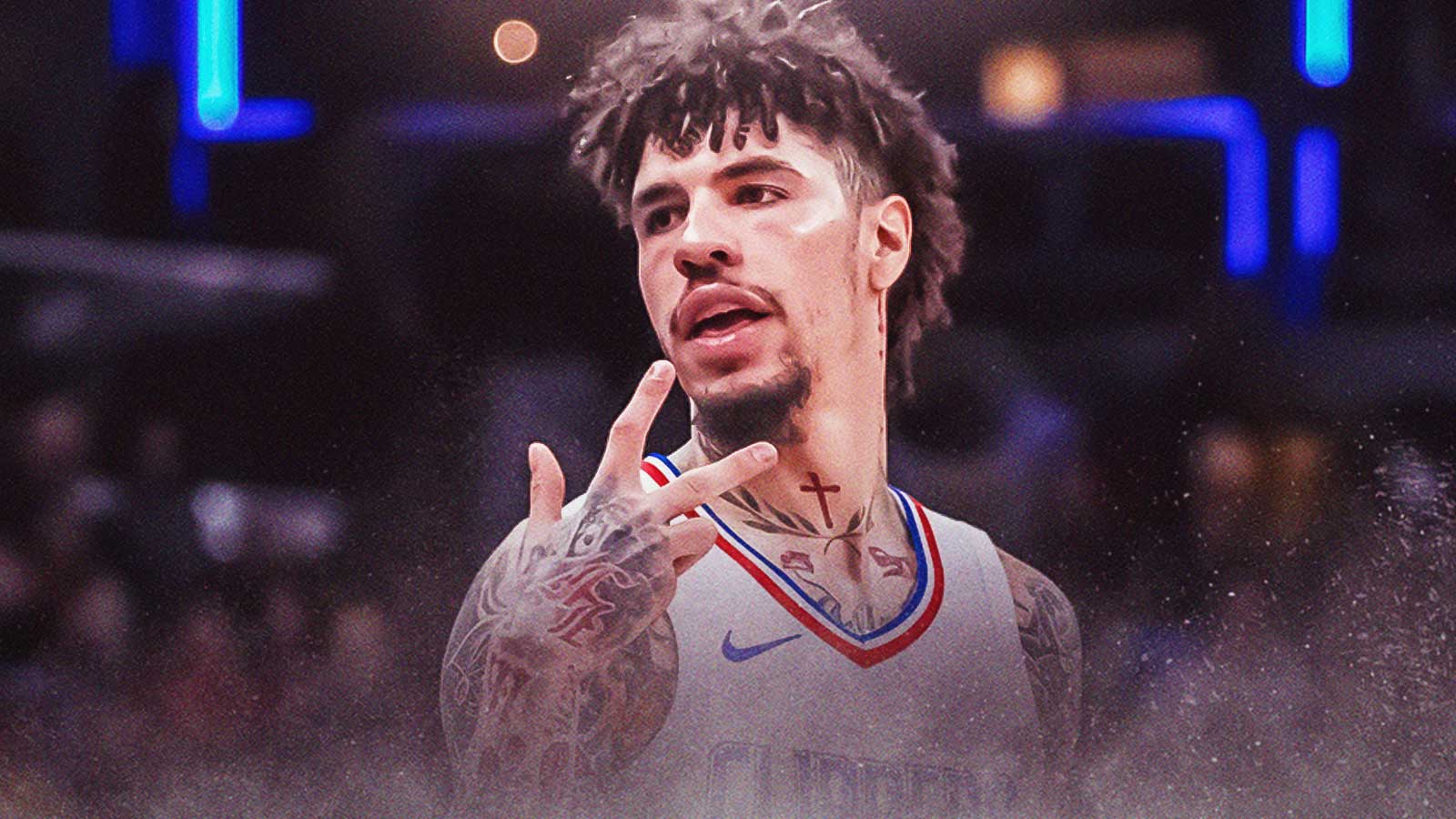In the sporting and gambling worlds, opportunity is everything. Although large market media narratives and marquee names often dominate NBA award conversations, the smartest players know to look for value in overlooked situations. All of that can be found with Scotty Pippen Jr. and Tuomas Iisalo's made-over Memphis Grizzlies this season. EVP/GM Zach Kleiman's latest moves have churned up the perfect storm of opportunity, system change, and increased responsibility for Pippen Jr. which has historically produced award winners.
The Grizzlies need the 24-year-old to step up with NBA Sixth Man of the Year production that earns Most Improved Player mentions as well. Pippen Jr. is no longer just a prospect; he is a prime candidate to follow in the footsteps of players like Dyson Daniels and Payton Pritchard or Tyrese Maxey and CJ McCollum. Julius Randle, Malcolm Brogdon, Aaron Brooks, Jordan Crawford, and Eric Gordon have also blazed this path.
Sixth Man and Most Improved awards are biased toward offense, though Pippen Jr.'s growth did allow the front office to move on from Marcus Smart, the 2021-22 Defensive Player of the Year. Give the Grizzlies and Pippen Jr. credit there. Still, award voters need something they can see, stats they can rest an argument on. Players need to ball as historical award winners show consistent patterns in usage rate increases.
Pippen Jr.'s usage rate jumped to 26.4% under Iisalo in the NBA Playoffs, allowing the bench captain to shoulder the type of responsibility required to win an NBA award. Jenkins had him at 18.7% during the regular season. This increase aligns with how Maxey and McCollum came to claim a trophy. So, the pattern is clear: when capable players receive increased usage in the right system, awards often follow.
Scotty Pippen Jr.'s Sixth Man swing
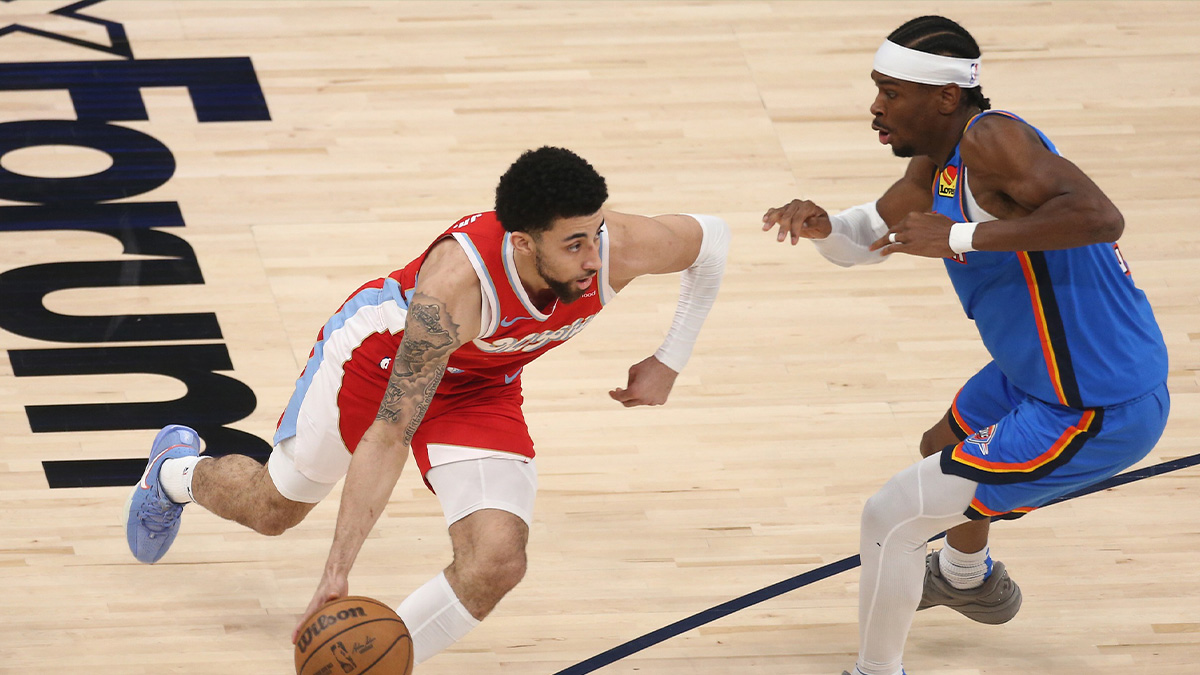
The archetype for the Sixth Man of the Year is well-established: a high-volume scorer who provides an offensive jolt for a winning team, often while playing starter-level minutes. With the departure of Desmond Bane (~25% Usage Rate), approximately 15 shots and 30 minutes are up for grabs. The 27-year-old veteran's departure also removes approximately 20 points, five rebounds, and five assists per game from the scoreboard.
Tuomas Iisalo must replace that production immediately. Bane bouncing also mirrors the situations that launched previous award winners for Pippen Jr. When Damian Lillard was injured, Anfernee Simons emerged as a candidate. When teams reshuffled their rotations, players like Payton Pritchard, CJ McCollum, Julius Randle, Aaron Brooks, and Dyson Daniels capitalized on increased roles.
Pippen Jr. faces a similar inflection point with a franchise seemingly stuck well below the Oklahoma City Thunder in the Western Conference's pecking order. The Grizzlies need someone to step up. Thankfully, the most compelling evidence for Scotty Pippen Jr.'s award potential lies in his dramatic improvement late last season under Iisalo's leadership.
More importantly, Pippen Jr. showcased the type of floor leadership that separates serviceable role players from award-worthy ones. Pritchard's 2024 breakout came after being trusted with a consistent 25+ minutes per game, along with the freedom to explore a full range of playmaking and scoring abilities. Like Pritchard, Pippen Jr. has proven shooting ability (40.1% 3PA career), efficiency (58.7% True Shooting), and playmaking skills that align with what Sixth Man voters reward.
Iisalo’s European-inspired offense, which emphasizes pace, three-point shooting, and aggressive guard play, is a perfect incubator for a Sixth Man star. Pippen Jr.’s ability to attack closeouts, run the pick-and-roll, and knock down crucial catch-and-shoot threes (64.1% EFG) under pressure is ideal. If he can anchor productive bench units and maintain his late-season scoring output (~18 PPG), Pippen Jr. will check every box.
Based on his trajectory under Iisalo and expanded opportunity, Pippen Jr. projects to average:
- 25-28 minutes per game
- 15-18 points per game
- 5-7 assists per game
- 4-5 rebounds per game
- 1.5 steals per game
- 47%/38%/75% shooting splits
Hitting these statistical markers would place Pippen Jr. among the top Sixth Man candidates, especially if the Grizzlies are gunning for a top-four seed late in the season.
Most Improved Player pathway
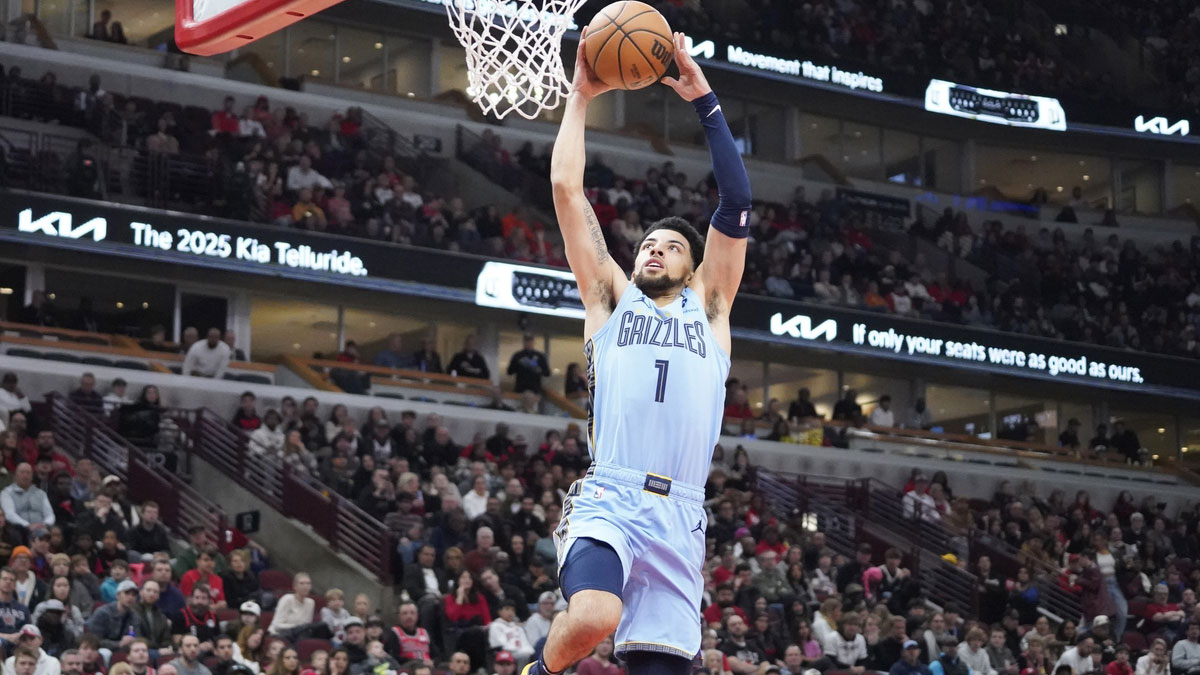
The MIP award rewards year-over-year improvement, and Pippen Jr.'s projected leap from 9.9 to 15+ points per game would represent exactly the type of statistical jump that wins awards. Combined with increased assists and expanded responsibilities, his improvement case becomes compelling. Historical MIP winners show similar statistical leaps:
- Maxey: 17.5 to 25.9 points (8.4 point increase)
- Randle: 14.0 to 24.1 points (10.1 point increase)
- McCollum: 6.8 to 20.8 points (14.0 point increase)
Tyrese Maxey's 2024 MIP campaign came when he transitioned from a complementary piece to a primary offensive weapon. Julius Randle's 2021 MIP season coincided with his evolution from role player with the New Orleans Pelicans to an All-Star-level contributor leading the New York Knicks.
CJ McCollum's 2016 MIP win provides perhaps the most relevant blueprint for Pippen Jr.'s potential rise. McCollum jumped from 6.8 points in 15.7 minutes to 20.8 points in 34.8 minutes when given expanded opportunity. Aaron Brooks' 2010 MIP campaign followed a similar pattern, going from backup to featured player when circumstances created opportunity.
Pippen Jr.'s statistical foundation under Iisalo's system already shows the early signs of this type of transformation, making him a prime candidate for similar growth. Pippen Jr.'s player efficiency rating and true shooting percentage rose once Iisalo was sorting things out more often. These efficiency gains while handling increased responsibility mirror the statistical profiles of recent MIP winners.
Grizzlies gearing up
Tuomas Iisalo's appointment as permanent head coach represents continuity and validation of a system that already maximized Pippen Jr.'s abilities. The Finnish coach's European basketball background emphasizes the exact skills that make Pippen Jr. special: court vision, positional versatility, and intelligent decision-making. The stats settle most of the debate on which situation is better.
Pippen Jr. was averaging 12.5 points, 5.7 assists, and 1.2 steals on 49.7% shooting (39.7 3PA) from October 23 through November 27. Those numbers dove to 7.2 points and 3.4 assists on 44.5% shooting 33.3% 3PA) while turnovers rose to 3.3 per 36 minutes from November 29 through February 28. Jenkins had Pippen Jr. down to 13.1 minutes in February as the team's confidence crumbled around the head coach.
March was better until Taylor Jenkins was fired, with Pippen Jr. posting 12.4 points and 5.5 assists on 51.3% shooting (47.6% 3PA) in 25.2 minutes per game until Iisalo took over. This was partly out of necessity as injuries started to take a toll and pressure from the front office mounted. The increase in minutes did help Pippen Jr. find a new rhythm, though, and just in time. Under Iisalo (12 games including postseason), Pippen Jr. contributed 14.4 points, 3.9 assists, and 3.3 rebounds with 58.3% True Shooting (42.6% 3PA) bragging rights.
The blueprint for Pippen’s breakout was written in the final month of last season. The firing of coach Taylor Jenkins on March 28 and the installation of Iisalo served as a before-and-after marker for Pippen’s career. His numbers didn't just improve; they transformed, providing a tangible preview of what a larger role could yield. Yet current award odds undervalue Scotty Pippen Jr. due to name recognition bias and market focus on established stars.
However, the Grizzlies project as a playoff team with enough national attention to generate award consideration but not so much star power that Pippen Jr. gets overlooked for long. This “Goldilocks zone” of team success often produces surprise award winners. It also creates significant betting value for those who understand the historical patterns and fans just wanting to put a financial investment on their rooting interest.

